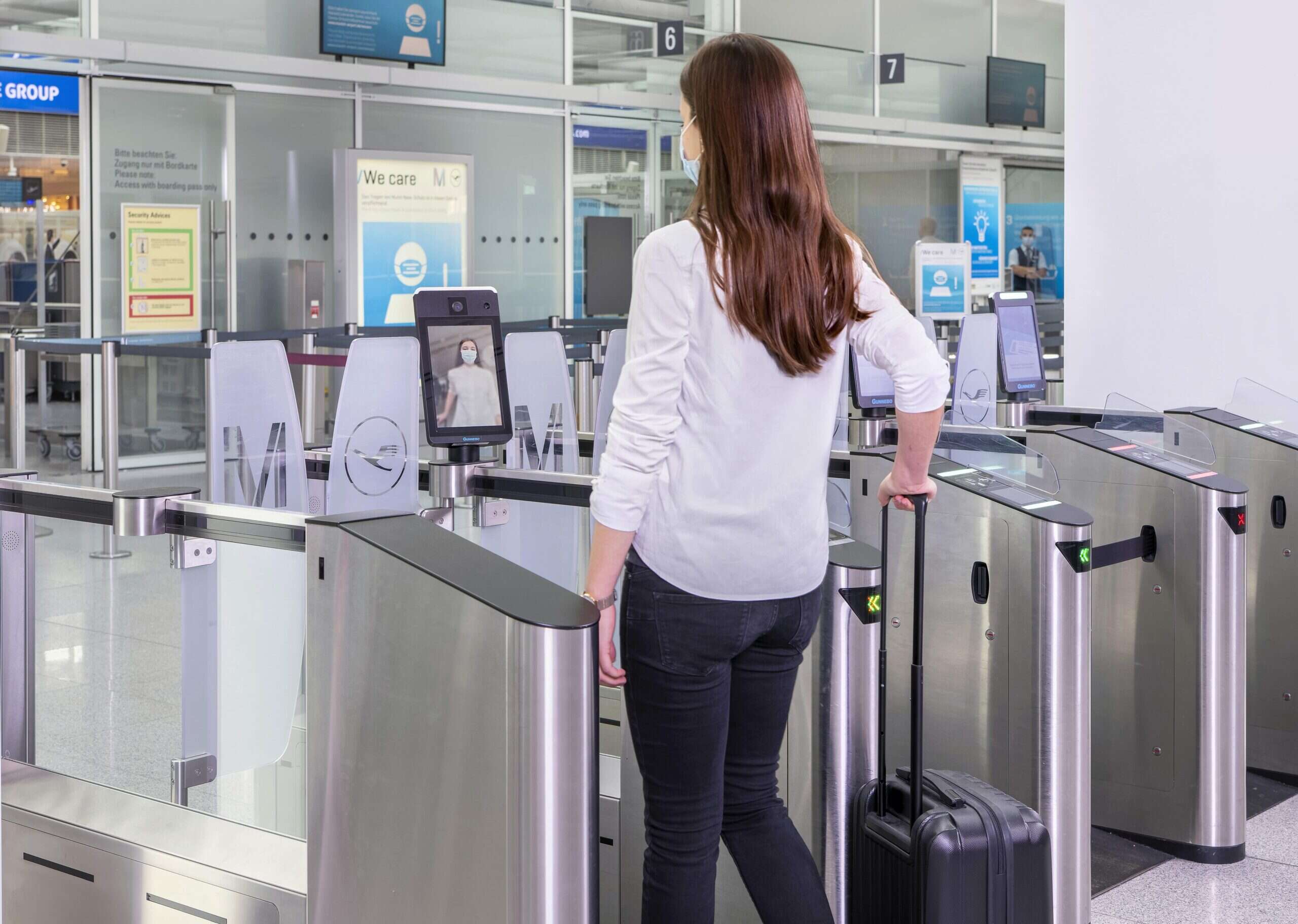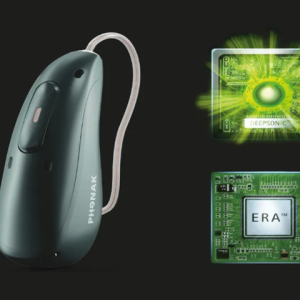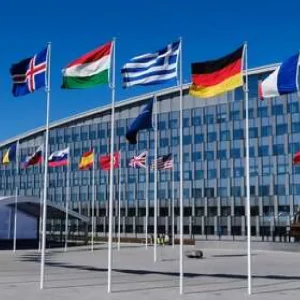
As the Covid-19 threat is brought under control and airports around the globe gradually resume operations, operators face unprecedented queues as a result of additional controls and staff shortages. A possible solution to deal with this concentration of passengers is the use of biometric identification that does not require a manual check by a human.
Star Alliance, the world’s largest airline group with 26 international operators, including flag carriers such as Air Canada, Singapore Airlines or Lufthansa, is already working with facial recognition to allow its ‘Frequent Flyer’ customers to get on board without having to show their ID or boarding pass. Although the company began working on this project over two years ago, the pandemic has accelerated its digital transformation agenda.
Tech Monitor sat down with Christian Draeger, VP of customer experience at Star Alliance, who is directly in charge of introducing new technologies in the group to support the travel experience of their customers, to discuss how the business is using biometric identification for a “touchless experience”.

How Star Alliance is creating a smooth biometric enrolment for its passengers
Using biometrics for passenger identification is not a new thing. In 2018, Delta Air Lines launched the first biometric terminal in the US which allows customers to check in their luggage and even identify themselves at the checkpoint using facial recognition. However, these solutions had been deployed in an isolated manner across the airline industry, says Draeger, as passengers can only benefit from them in specific airports or carriers.
“You either had it in a regulatory environment where people that were entering a country, instead of having to show their passport to a member of the border police, they were able to use a biometric solution to do that,” Draeger says. “Then you also had some isolated solutions which were working only in one airport or one country.”
The main advantage of Star Alliance’s proposition, he adds, is its group-wide approach. Around two years ago, the company conducted a tender to find a technology partner that could help them develop and implement facial recognition across its network of airlines. After an intense process, they signed a deal with Tokyo-based multinational IT corporation NEC, which already had experience working with biometrics. “Once we had the right partner on board, we looked a little bit closer at what kind of business problem we wanted to solve with our solution,” says Draeger.
A problem that Draeger and his team wanted to solve was avoiding customers having to re-enrol in the biometric programme each time they embarked on a trip. Before the partnership with NEC, Star Alliance passengers that could use biometric ID for travelling had to enrol in the programme for each new flight. Customers travelling from Atlanta on a Tuesday, for example, could use the biometric template only for that specific trip. If they came back the next day or a week after, they had to go through the enrolment process from scratch: “That is where we said we want to have a programme where customers don’t need to though the same enrolment over and over again,” Draeger explains.
The new service means customers in the Star Alliance ‘frequent flyer’ scheme can opt to enrol into the biometric programme for all their future trips through the company’s app. To use it, passengers take a selfie on their phones and scan a valid form of travel identification. The app then verifies the validity of the identification document against the selfie to prevent fraud. The passenger’s photograph is encrypted, with the resulting biometric template stored in a central database in the Azure cloud. Star Alliance then matches the frequent flyer customer number against their reservations list and when the system detects that the customer is flying, the biometric template is made available for that specific date and airport only.
Once there has been a match with the identification, the biometric or facial recognition serves as the boarding pass without the need to show a physical document. Draeger explains: “If the customer, on a given day, comes to the airport, this gallery has been pre-created and if the customer now approaches one of the touchpoints (for example, the security gate or the departure gate), then there is an orchestration where the picture taken at the touchpoint is compared to the biometric template that was stored in the gallery of the day,” he explains.
This, in effect, creates the touchless experience where customers can flow and breeze through the different touchpoints.
There was however an additional obstacle brought about by Covid-19 that Star Alliance had not accounted for in its pre-pandemic planning: the use of masks. But Draeger claims that the algorithms used for the passenger identification process are so advanced that NEC was able to develop them so, even with face masks, customers would be identified against the biometric template.
“This, in effect, creates the touchless experience where customers can flow and breeze through the different touchpoints,” adds Draeger.
The new service has already been launched in Frankfurt and Munich airports and across Lufthansa and Swiss International Airlines.
How is Star Alliance securing biometric data?
Biometric data used for identification purposes is classed as a ‘special category of personal data’ under GDPR. Falling into the wrong hands, it may pose a serious risk of identity theft or unauthorised access. This, added to the fact that some of the biggest data breaches have happened in the travel and hospitality industries, might make some customers wary about sharing their biometric data.
Star Alliance has conducted surveys in the past where passengers claimed they were willing to provide their biometric data if it is proven that is securely stored and that the technology leads to improved services, says Draeger.
He assures that the biometric programme has the strictest security measures in place that can give “an extremely high level of assurance” to customers. After all, he adds, Star Alliance need their customers’ trust.
The programme has a threefold strategy for data security. The first level is the principle of data minimisation, a term universalised by GDPR, which states that organisations should only collect and retain the minimum amount of personal data required to provide their services. In the case of Star Alliance’s biometric programme, this is the biometric template, which includes the frequent flyer customer number and the expiry date of their identity document. Biometric templates are encrypted and are not linked to the personal data of the customer, says Draeger, so the frequent flyer number cannot be traced back.
Secondly, Star Alliance runs a data protection assessment: “This is a tool where all aspects of security and data privacy are looked at in detail, identified with experts, and being analysed to be sufficient and appropriately secure,” explains Draeger.
The third level of security involves transparency with the data protection authorities where the biometric service is launched. In the case of Frankfurt and Munich airports, Star Alliance has engaged with the German authorities at a federal level to ensure they are fully aware of how the biometric programme works and that it complies with GDPR, says Draeger.
Customers need to give their consent for their biometric template to be used with each of the airports and airlines included in the facial recognition programme, and need to review it each time a new airport or carrier is added to the scheme.
What are the next steps for Star Alliance’s biometrics programme?
To make the biometric programme a solid feature across air carriers, it requires investment on the side of airports and airlines, says Draeger. Although the pandemic slowed these plans, Draeger expects that Star Alliance will have added two or three airports more by the end of the year as airports resume normal operations and are ready once again to make investments.
Moving forward, the intention is to scale the service over the next three years to bring it to a wider network of airports and to integrate a much larger number of airlines, eventually including Star Alliance’s 26 carriers, Draeger says. To achieve this, Star Alliance has partnered with two industry providers: NEC and SITA. In the case of the latter, this collaboration will likely be of vital importance, as being one of the main infrastructure providers for airports, SITA has access to a wide range of decision makers.
“It was a nice coincidence that in parallel, or slightly beforehand, NEC and SITA were [already] cooperating,” Draeger says. “So now with this trilateral agreement we feel that NEC will be able to provide the technology expertise in terms of biometrics and SITA will provide the inroads to the airport environment and Star Alliance will be able to provide the customer side of the solution.”
Even if passengers enrol in the biometric programme, they will still need to show their passport or ID at the border control. Draeger says that is why Star Alliance is focusing on the touchpoints that are under the control of airports and airlines, such as boarding gates or check-in desks. However, the intention is to eventually include “the regulatory touchpoint” so that passengers do not need to show their passport even at the immigration desk, creating a fully touchless experience.
Draeger adds: “We’re very confident that once the pandemic is over and we have recovered, this will be a hot topic for airports and for the industry, and it will probably have significant growth potential over the coming years.”






